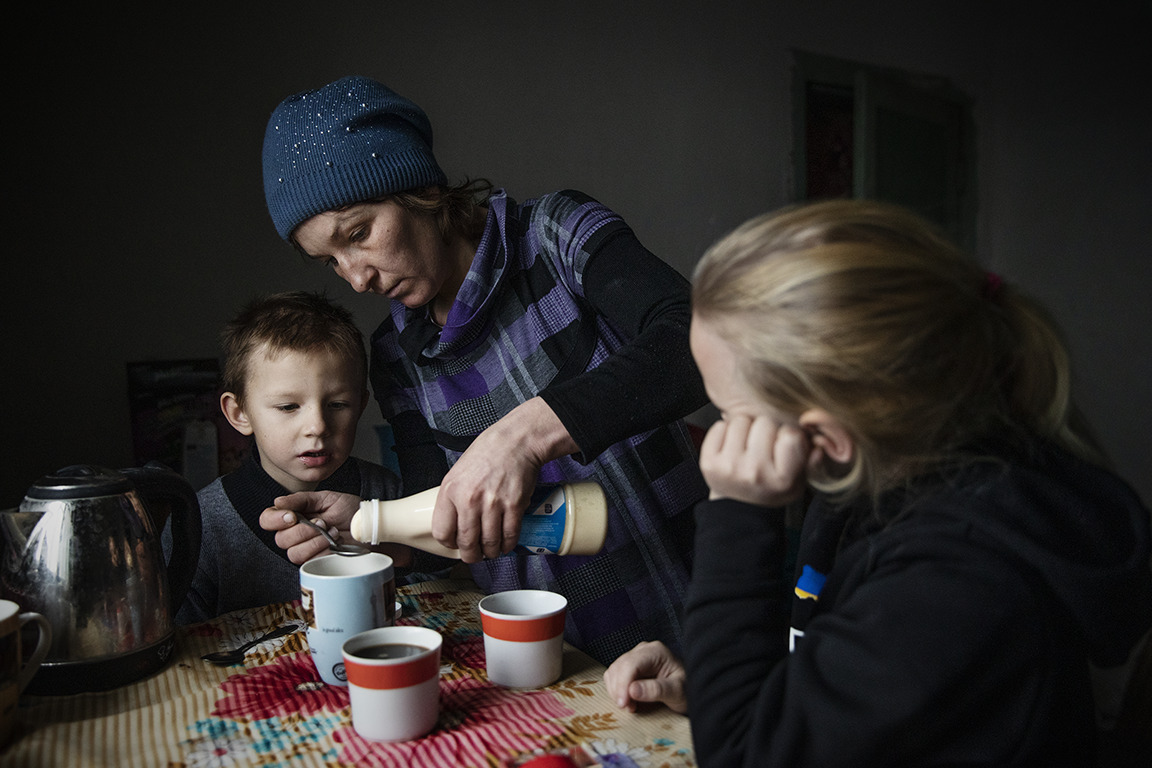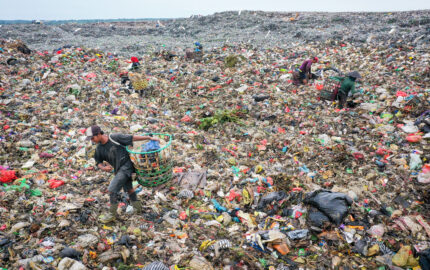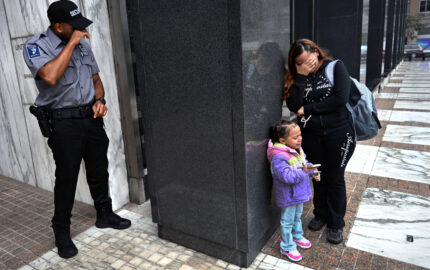The day my neighborhood in Donetsk, in eastern Ukraine, was bombed for the first time in 2014, I was so confused I couldn’t think of anything better to do than Google: “War in your city what to do.” The only source I found advised exchanging all my possessions for a gun and fleeing to the wilderness. By the time I finished reading, I figured it wasn’t worth the effort, as someone like me was unlikely to survive anyway. Eleven years later, I’m still alive. And now I understand why meaningful information was so hard to come by: War is rarely portrayed from the perspective of the people in whose backyards it is fought.
Most media coverage of conflict relies on images of tanks, soldiers, explosions, crying women, pitiable refugees — cliches that make the situation immediately recognizable for readers scrolling their news feeds. Only the most spectacular events have the power to impress a jaded audience. The rest remain unseen. This produces a distorted picture that excludes the non-sensational, day-to-day experience of war.
I learned this the hard way, as a civilian whose war experience remained invisible to the rest of the world. This made me, a journalist at a local newspaper at the time, very determined to show the global audience what living through a war really looks and feels like. It took time to find the right form, through my Nieman Fellowship (NF ‘17), and later entering a PhD program in anthropology.
In 2018, photojournalist Anastasia Taylor-Lind (NF ’16) and I began tagging our social media posts with a shared hashtag: #5KfromtheFrontline. At the time, the war had dragged on for years but had largely disappeared from headlines. From afar it seemed frozen, abstract, forgotten. Up close it was neither. We were reporting from towns in the Donbas region that sat along the front line separating Ukrainian forces and Russia-backed separatists — Avdiivka, Marinka, Krasnohorivka, Kurakhove, Toretsk. They were close enough for the sound of artillery to punctuate daily life, yet far enough away for people to keep hanging laundry, baking cakes, and going to work. These weren’t towns featured in breaking news. And that was the point. We wanted to shift the focus away from the spectacle of violence and onto what war looks like when it becomes part of the ordinary.
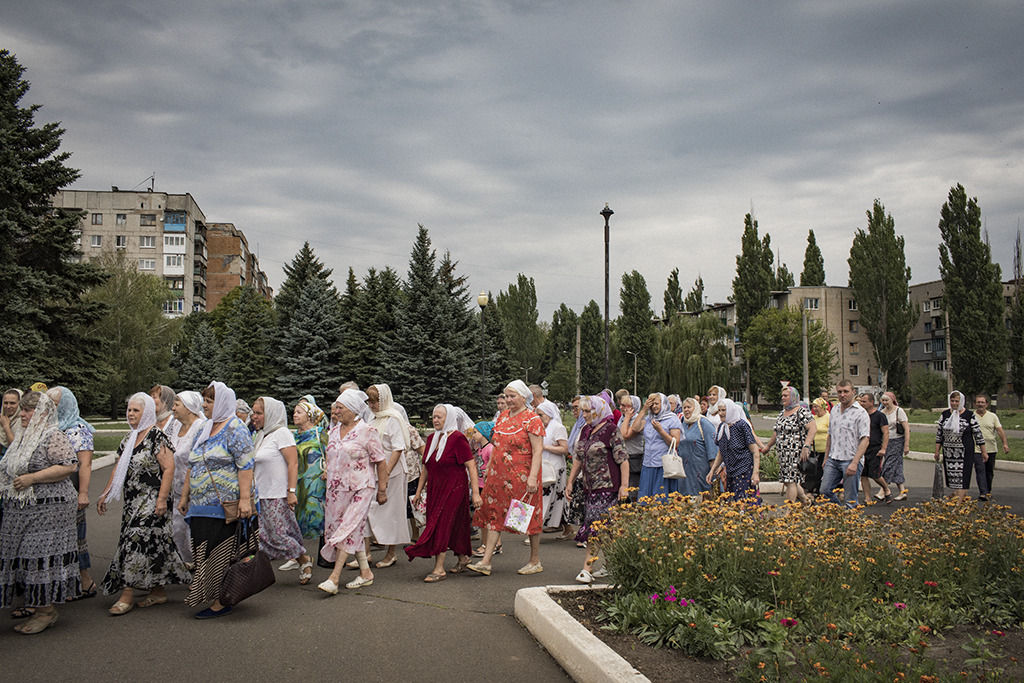
Over the years, we returned again and again to the same families. Gradually, they became our friends, and their trust made it possible to ground the project in long-term, collaborative observations. Our approach resisted parachute reporting. Instead, we tried to create something that listens as much as it shows.
As the project grew, so did the war. In 2022, Russia’s full-scale invasion made it clear that what had once been considered a local conflict was, in fact, the front edge of something larger. Towns we had photographed suddenly became news again, this time for being destroyed. We continued following people from those places, now displaced.
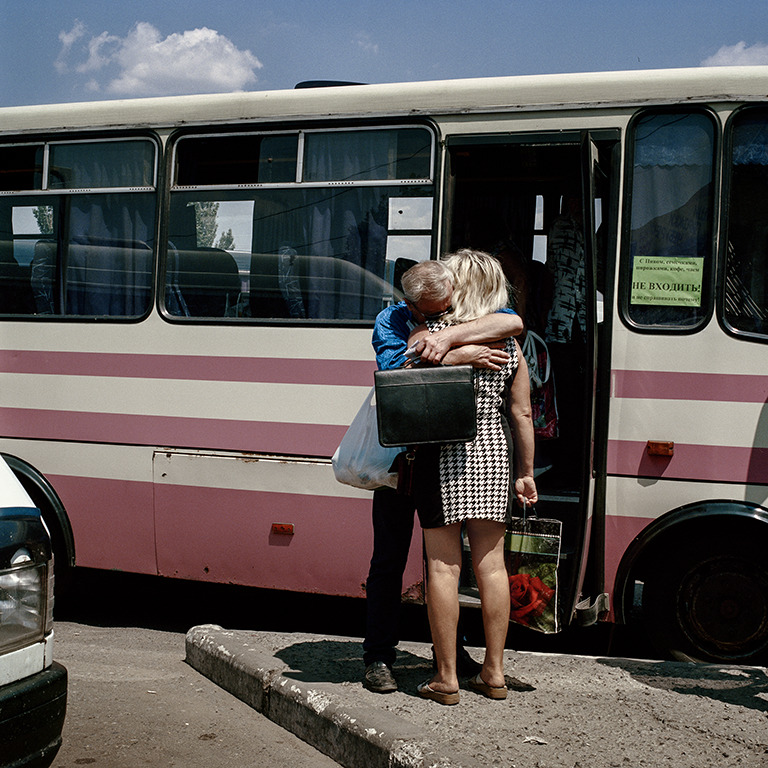
For years, our reporting lived mainly on social media. Each post paired one of Anastasia’s photographs with a short caption I wrote. Together, they formed a slow-moving diary of the war, made up of details that might otherwise go unnoticed: a broken window covered by a carpet; a boy fishing in a reservoir; a beauty salon offering manicures to the sound of shelling. For people in the Donbas, these were snippets of the “new normal.” For those outside, we hoped they would complicate the flat images of victimhood and violence that dominated coverage of Ukraine. These small, stubborn acts of continuity don’t fit neatly into the frames of breaking news. But they stay with you because they reveal what survival really looks like.
This kind of work was not always easy to pitch. Before the full-scale invasion, Ukraine’s war was often described as “forgotten.” We placed roughly one story from each reporting trip, eventually publishing features based on our 5K reporting in Time, The New York Times, The New Humanitarian, and NPR. But until recently, 5K from the Frontline never had a home of its own.
That changed this summer, when we launched 5kfromthefrontline.com, a multimedia website that brings together years of reporting across both the high and low points of the Ukrainian war in the news cycle. We kept telling stories for eight years, even when attention drifted elsewhere. For us, this is what responsible journalism means. We believe we must do more than headlines and breaking news — we must also stay with people who are affected when the world is tempted to look away.
